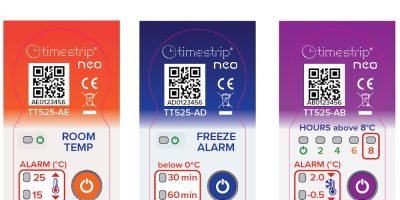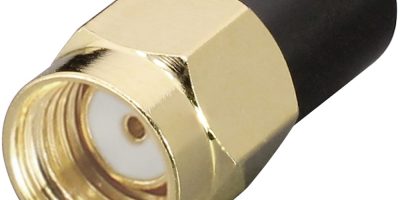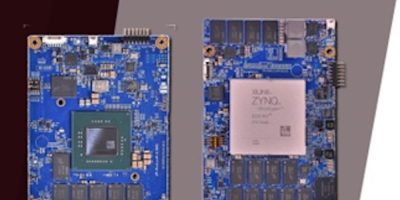SoMs (system on modules) for AMD’s Zynq UltraScale+ MPSoC series range from ZU4 to ZU19 variants for a variety of industries, including the industrial, military and defence sectors. The iWave Zynq MPSoC SoMs are scalable with logic density, I/O availability and high speed DDR design. A carrier board can cover multiple I/O ports for a wide range of end products, from ZU4 with 192K logic cells to ZU19 with up to 1.1M logic cells, said iWave.
The Zynq UltraScale+ MPSoC devices enable an adaptive SoC-based product design, which is extremely promising for lidar applications, explained iWave. Integrating both the processor and FPGA architecture into a single device allows rapid deployment of a flexible yet optimised SoM for any given domain, added the company.
Lidar is a remote sensing technology used for scientific and military applications. It provides high resolution and accurate measurements of 3D structures, and can easily convert the received data into 3D maps to interpret the surrounding. Importantly, it remains unaffected even in even in challenging weather and lighting conditions, said iWave.
The programmability of FPGA provides flexibility in developing custom capabilities. They also have the potential to speed up processing by employing multi-level parallelism.
The Zynq UltraScale+ MPSoC series combines real time control with soft and hard engines for graphics, video, waveform and packet processing. MPSoC devices are powerful and flexible enough to deliver advanced capabilities for lidar sensors, explained iWave. They can also be used for signal processing, point cloud pre-processing and point cloud machine learning acceleration. Zynq MPSoC devices are power efficient, which is critical for lidar systems, said iWave.
Using a SoM approach for building lidar products offloads complexities involved in the design cycle allowing a product designer to focus on developing firmware and software stacks by eliminating the complex hardware part of the design, said iWave. This approach “significantly reduces time to market with reduced product development cost” said the company.
SoMs also provide scalability and flexibility to a designer when migrating to a higher computing SoM without changing the design of a carrier card.
The Zynq UltraScale+ MPSoC SoM features the heterogeneous Arm + FPGA architecture and combines the processing system and programmable logic. The processing system contains a quad-core Arm Cortex-A53 processor operating at up to 1.5GHz and a real time processing unit equipped with Arm Cortex-R5 processors operating at up to 600MHz
The programmable logic based on 16nm UltraScale+ architecture contains up to 504K configurable logic block, block RAM and DSP elements. Other benefits include any-to-any interfacing, design toolchains, image processing capabilities, the ability to accelerate neural network, with safety and security features.
The Zynq UltraScale+ MPSoCs processing system and programmable logic support a variety of industry standard interfaces such as CAN, SPI, I2C, UART, and GigE. The programmable logic I/O flexibility allows for direct interfacing with MIPI, LVDS and GigaBit serial links, allowing for higher levels of protocol implementation within the programmable logic.
By providing the correct PHY in the hardware design, the programmable logic enables any interface to be implemented, providing any-to-any interfacing.
The Zynq UltraScale+ devices come with Vivado Design Suite to configure the processing system and programmable logic design. Vivado provides the complete programmable logic development experience, including the support for synthesis, place and route and simulation.
To develop software, Vitis supports Embedded Linux development using PetaLinux and real time operating systems such as FreeRTOS.
In addition to system development capabilities, Vitis supports kernel acceleration within the programmable logic using OpenCL.
Image processing is critical in lidae applications for navigation and monitoring. Typically, the algorithms used in these systems are created and modelled in high level frameworks such as OpenCV.
An H.264/H.265 video codec unit is included in the Zynq UltraScale+ MPSoC EV series to support image processing.
Viti AI provides Model Zoo, AI compiler, optimiser, quantiser and profiler to deploy the application onto the deep learning processing unit.
The Advanced Encryption Standard (AES) is used to secure the configuration of Xilinx devices.
The Zynq UltraScale+ MPSoC devices further implement layered security solutions via configuration security unit (CSU) within the processing system. The CSU supports AES 256-GCM, 4096 RSA Multiplier, and SHA-384, providing confidentiality, authentication, and integrity functions.
Anti-tamper response through the inbuilt system monitor enables the customer to track device voltages and die temperatures of the SoM.
https://www.iwavesystems.com







